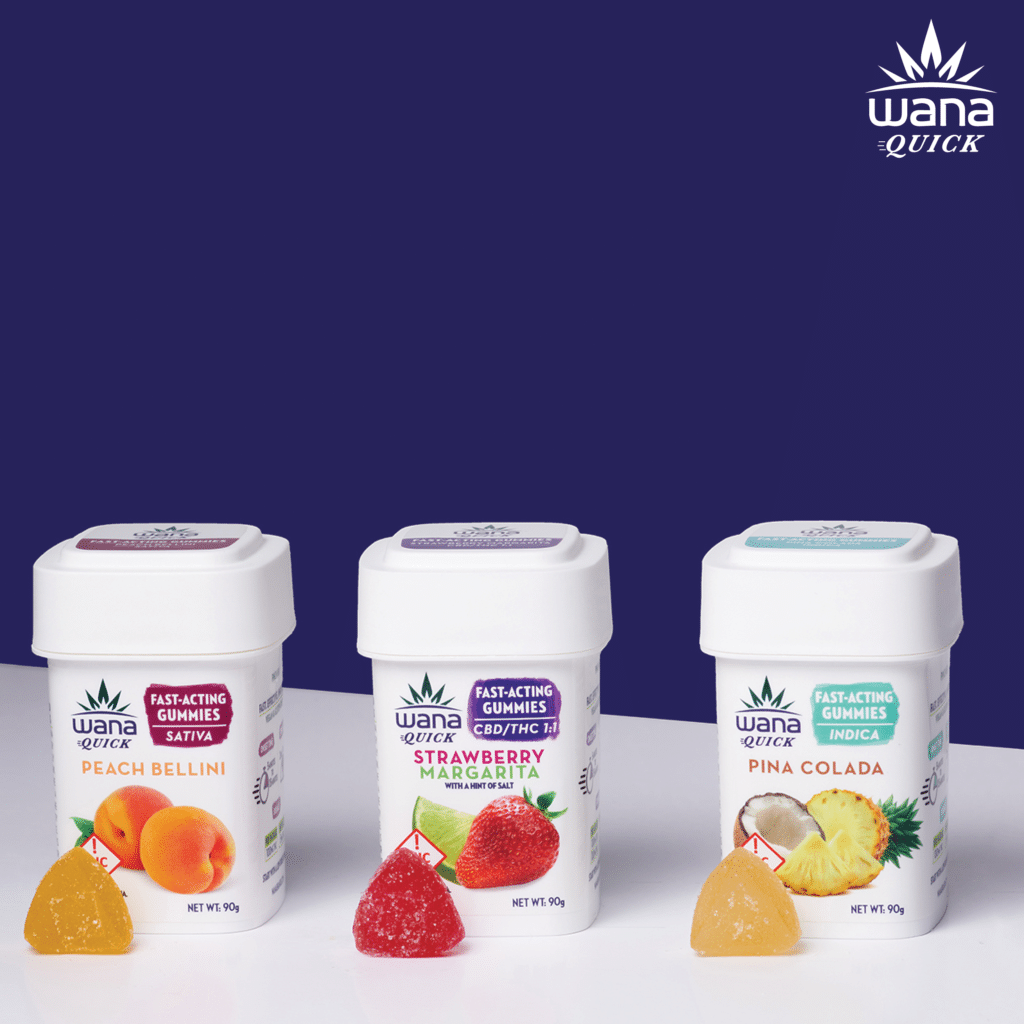3:30min. Read
The 1970s was a golden era of TV shows. Unconventional detectives like Colombo, McCloud, and the Rockford Files ruled the three network broadcast universe along with classic comedies like MASH, All in the Family, Sanford & Sons, and of course, the best, most realistic family TV comedy ever, The Brady Bunch. Zoning out with such fanfare was made all the easier with a new marijuana Southeast Asian import named Thai stick. Without a doubt, Thai stick altered your senses and shifted you further into the alternate sense of reality emanating from the TV. Maybe that’s one reason why these shows seemed so cool, dramatic, or funny.
Thai stick is as it sounds. Hailing from Thailand (at least originally before domestic counterfeits showed up), this landrace sativa strain was pure flower that was wrapped on a slender bamboo stick using red fibers from the plant itself. Then, one of two things happened. It was either dipped in hash oil or opium. U.S. forces serving in Vietnam and in Thailand sampled it during the war and it eventually found a market here in the U.S. It most definitely was a fad, and an expensive one at that. This was before modern cultivation practices existed, so for the aficionados of the day Thai stick was a coveted purchase. On the science side, Thai stick is a landrace sativa strain with a high THC to CBD ratio. As a sativa strain, it reportedly produces an energetic, euphoric effect with increased focus and creativity. While the CBD content is fairly low, the strain has been effective in fighting depression and reducing stress.
Humble Beginnings of Thai Stick
History points to the likely possibility that Indians introduced cannabis to Thailand. Despite being illegal since the 1930s under the Marijuana Act, the economic rewards for growing cannabis were difficult to ignore. Cultivated in many areas, it thrived north of the Mekong River in a large plateau named Isan. Overtime, like all cannabis plants, it came to encompass the particular traits of its geographic location including the soil, water sources, climate, and sunlight. Known locally as ganja, it grew in the wild and was also cultivated and used by local Thai populations for centuries. It was commonly found in home gardens and used medicinally for migraines, digestion, post-childbirth pain among other conditions. Thai massage therapists have long incorporated cannabis into their sessions. Thais also used the plant for healing, fiber, food, and even as a spice in a common dish named Boat Noodle soup (kway teeow rua).
At first, the 1930s era law was not widely enforced, and if arrested, the penalty could not be more than a year in jail. In 1979, Thailand passed the Narcotics Act and it prohibited cannabis in every form. A Thai citizen caught producing, exporting, or importing cannabis, were liable for imprisonment between two and fifteen years and/or a fine of up to 1.5 million Thai baht (up to $40,000 U.S.). Foreigners on the other hand could be subject to the death penalty.
According to the Thai Law Forum, under pressure from the United States, personnel from the Drug Enforcement Agency routinely worked in Thailand to assist Thai drug laws enforcement. Thais were already versed in poppy production for opium, and growing cannabis, while illegal, was actually considered a more sustainable and environmentally friendly cash crop. On the hemp side of things, the Thai government legalized hemp in 2009 and clothes made from it are currently exported. Today, while cannabis possession remains illegal, change appears to be on the horizon.
According to the website Thailand Retirement Helpers, 72% of Thai people believe medical cannabis should be legal. The government is responding and beginning in April 2019, medicinal cannabis will be legal in Thailand. A prescription must be obtained from a local physician, and adult recreational use is not an option. Be warned, a medical marijuana card issued in your state will not entitle you to legally purchase cannabis in Thailand. So again, use caution. According to various press reports, the legalization move seems to be more of an economic decision coupled with the nation’s and the world’s changing opinions on cannabis use.
People using Thai stick back in the day were not using it for medicinal reasons. This was purely for adult, recreational use and its loss of popularity began when counterfeit versions started appearing on the market. Some fake product was dipped in PCP or other powerful narcotics, and even your “trusted” dealer might not know its true origins. If Thailand’s cannabis laws undergo further changes, it’s possible that dispensaries in this county may once again offer this classic strain. Time will tell, and you never know if a classic can make a comeback. The modern reboot of the 1980s Hawaii-based TV detective show Magnum P.I. is a good example as its ratings haven’t been stellar. On the other hand, reboot of the classic 1960s TV series Hawaii 5-0 has been solid for several years now. Speaking of Hawaii, next up on our classic strain series: Maui Wowie.
Do you like our throwback stories? Do you have some to share? We’d love to hear from you!
Philip Rebentisch is the Content Editor for Three Wells.




